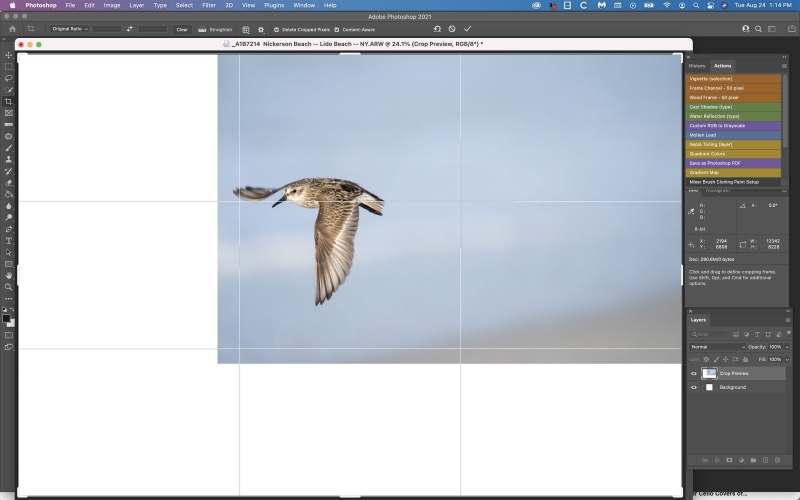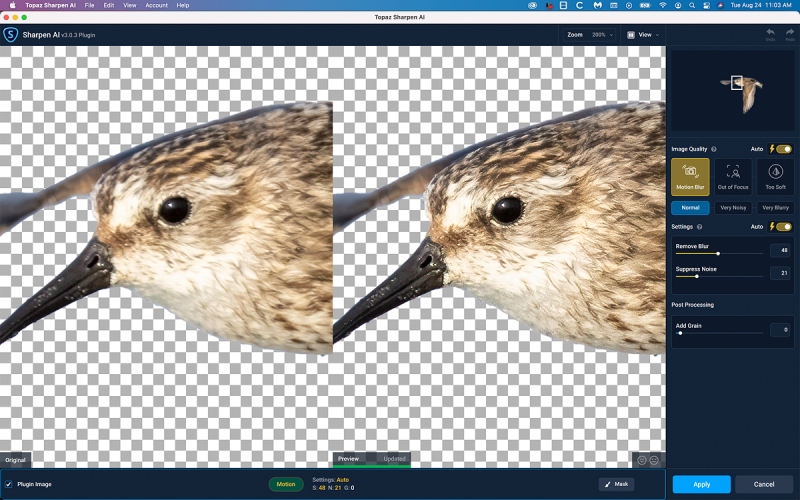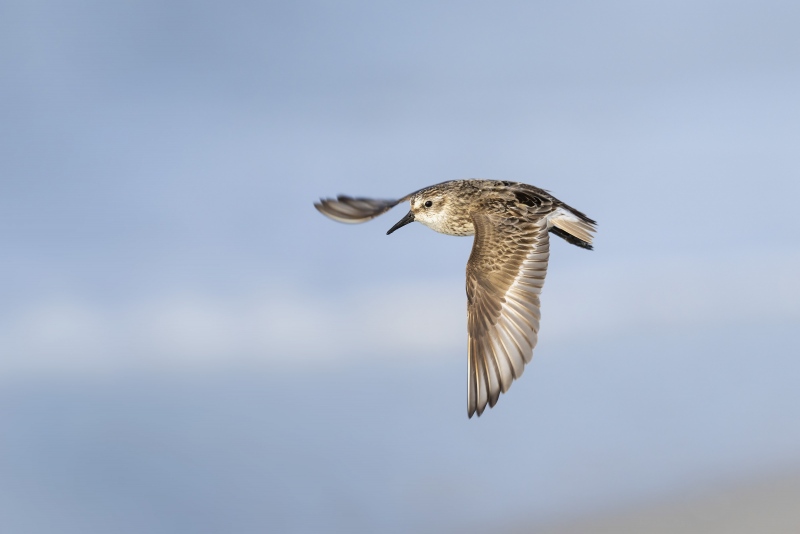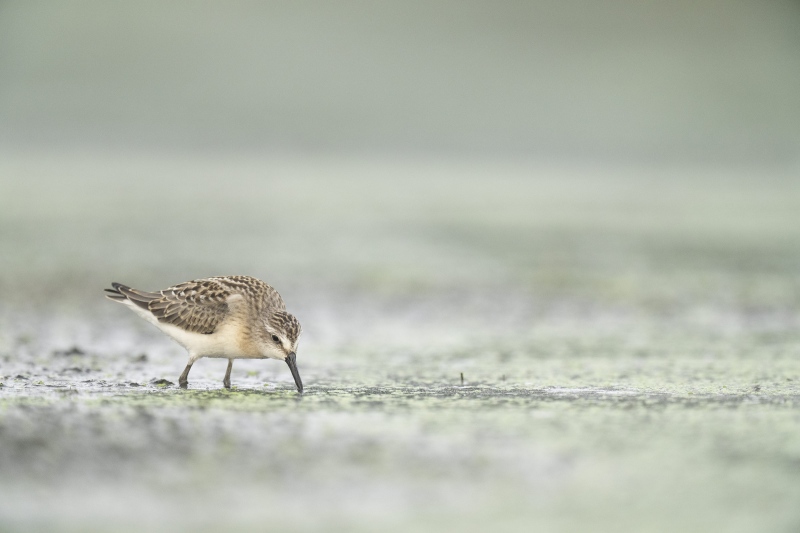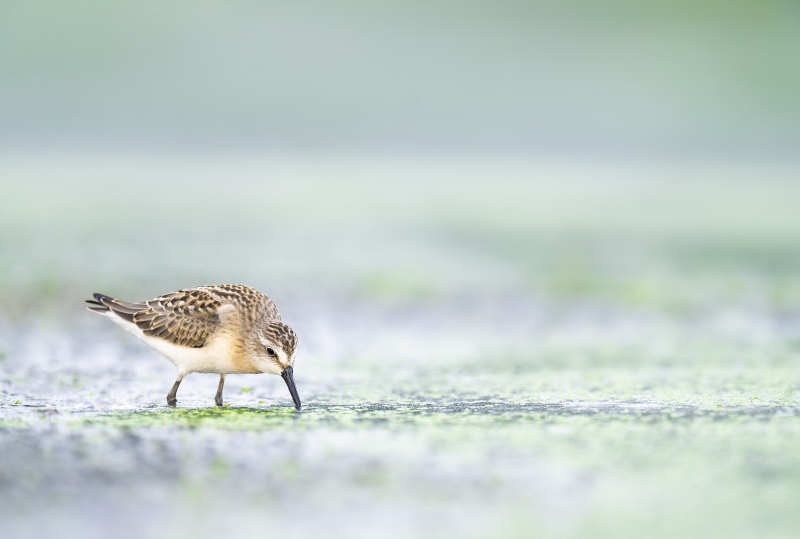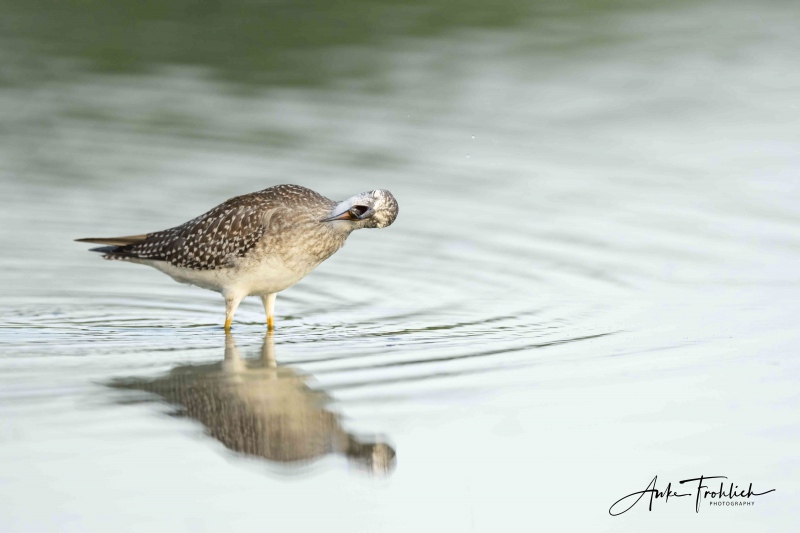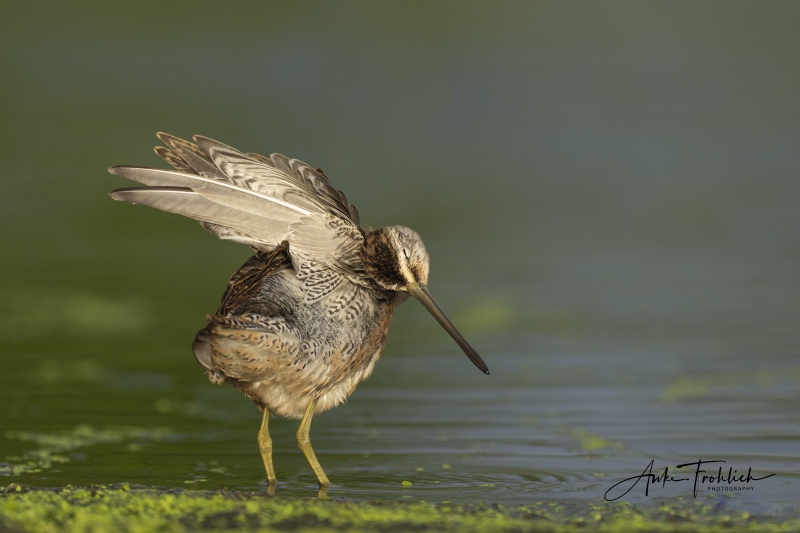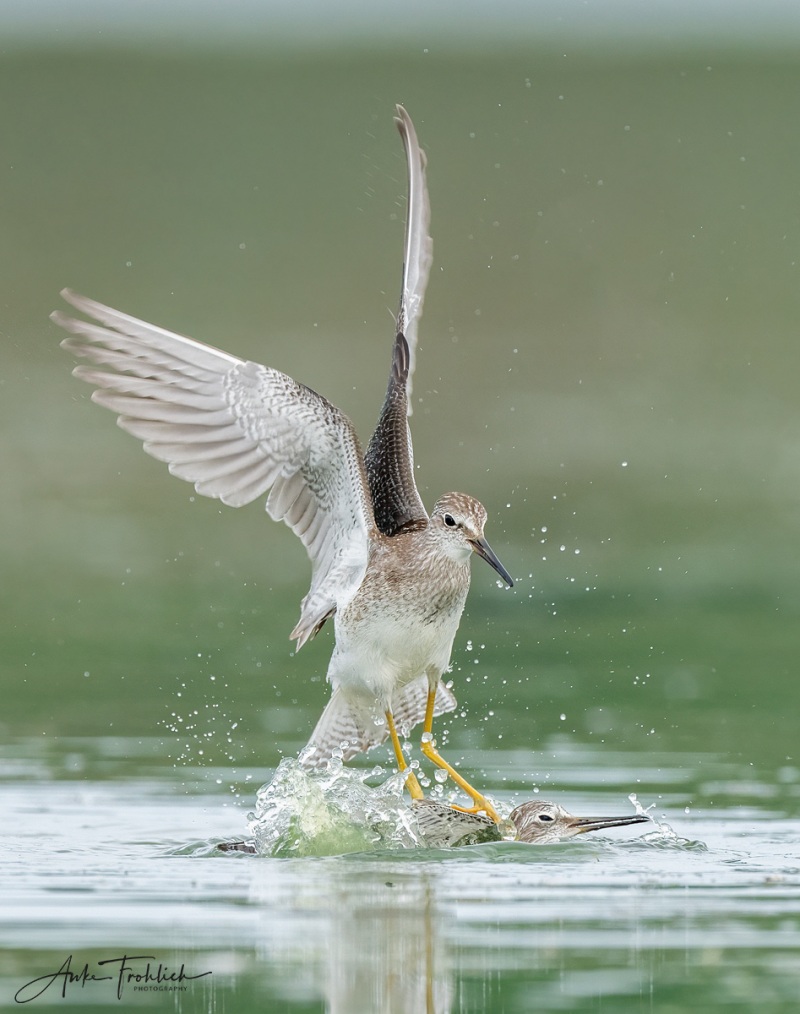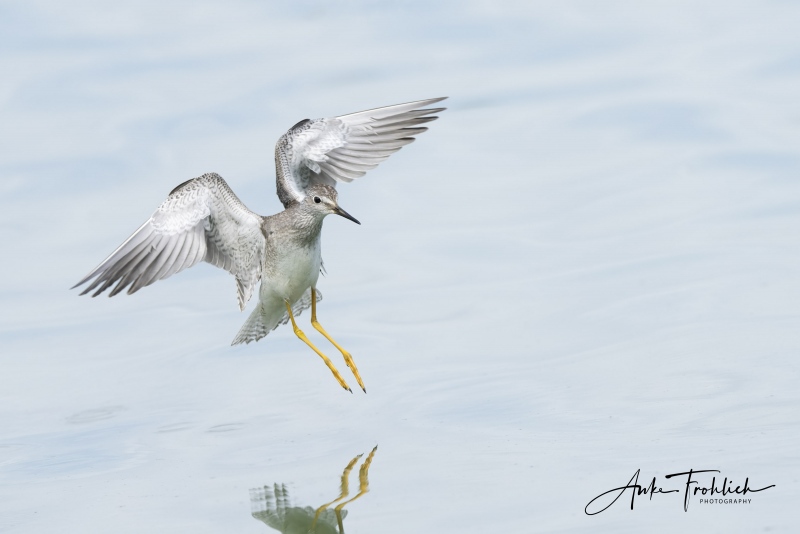Higher Res Viewing
Please note that the small JPEGs in each blog post are for display purposes only. Clicking on each blog image to enlarge it will bring up a stunning high resolution image. For unknown reasons, the smaller images simply do not look sharp. I am attempting to rectify that situation. In the meantime, click on the images to be impressed by the quality of the new higher res photos.
What’s Up?
I got a ton of work done on Tuesday morning and am looking forward to getting back to Nickerson Beach for a few days soon. Huge thanks to Greg Gard for leaving a comment on yesterday’s blog post letting everyone know that as of Tuesday 24 August there was no dry land anywhere on the East Pond as the NYC area got over 4” of rain! On Tuesday afternoon, I took my first swim in more than two weeks; it felt great to get back in the water.
Today is Wednesday 25 August 2021 and I will be staying in and getting lots more work done. I will likely be heading back to Florida in about a week. If you would like to try and hook up for an In-the-field session at Nickerson Beach, please get in touch via e-mail. Wherever you are, and whatever you are doing, I hope that you too have a great day.
Remember that you can find some great photo accessories (and necessities!) on Amazon by clicking on the Stuff tab on the orange/yellow menu bar above. On a related note, it would be extremely helpful if blog-folks like me, who spend too much money on Amazon, would get in the habit of clicking on the Amazon logo link on the right side of each blog post when they shop online. As you might expect, doing so will not cost you a single penny, but would be appreciated tremendously by yours truly. And doing so works seamlessly with your Amazon Prime account.
This blog post took about two hours to prepare (including the time spent on the image optimization) and makes 238 consecutive days with a new one. Please remember that if an item — a Delkin flash card, or a tripod head — for example, that is available from B&H and/or Bedfords, is also available in the BAA Online Store, it would be great, and greatly appreciated, if you would opt to purchase from us. We will match any price. Please remember also to use my B&H affiliate links or to save 3% at Bedfords by using the BIRDSASART discount code at checkout. Doing either often earns you free guides and/or discounts. And doing so always earns my great appreciation.
Selling Your Used Photo Gear Through BIRDS AS ART
Selling your used (or like-new) photo gear through the BAA Blog is a great idea. We charge only a 5% commission. One of the more popular used gear for sale sites charged a minimum of 20%. Plus assorted fees! Yikes. They went out of business. And e-Bay fees are now up to 13%. The minimum item price here is $500 (or less for a $25 fee). If you are interested please scroll down here or shoot us an e-mail with the words Items for Sale Info Request cut and pasted into the Subject line :). Stuff that is priced fairly — I offer pricing advice to those who agree to the terms — usually sells in no time flat. Over the past year, we have sold many dozens of items. Do know that prices on some items like the EOS-1D Mark IV, the old Canon 100-400, the old 500mm, the EOS-7D and 7D Mark II and the original 400mm DO lens have been dropping steadily. Most recently the price of used Canon 600mm f/L IS II lenses have been dropping like a rock with the introduction of the 600 III. You can always see the current listings by clicking here or on the Used Photo Gear tab on the orange-yellow menu bar near the top of each blog post page.
Right now, especially with dSLR bodies, there are some great buys both below and on the Used Gear Page.
Recent Gear Sales
Wally Barkley sold a Sony a9 II in near-mint condition for a BAA record-low $2494.00 (was $2694.00) in mid-August 2021.
Long-time-ago South Georgia shipmate Asta Tobiassen sold his Canon EF 500m f/4 L IS II USM lens in excellent condition for a very low $4999.00, a Canon EOS 5D Mark IV with the BG-E20 Battery Grip, both in like-new condition, for just $1749.00, a Canon EF 100mm f/2.8 USM Macro Lens with the Canon Tripod Mount Ring B (a $149.95 value) in near-mint condition for the very low price of $299.00, a Canon EF 1.4X II teleconverter for a very low $129.00, and a Canon EF 2X III teleconverter for a very low $429.00, all within days of being listed in August 2021.
BAA-friend and many multiple IPT veteran Anita North sold a Sony a9 II in excellent condition (with no battery) for a BAA record-low price in USD in late August 2021.
BAA friend Ron Horn sold his Canon EOS-1DX II in excellent plus condition for the BAA record low price of $2099.00 (was $2199.00) soon after it was list ing in early august 2021.
IPT veteran Sandra Calderbank sold her Canon EOS 7D Mark II in-near mint condition with 21,069 actuations for $549 (was $649.00) in early July 2021.
Multiple IPT veteran Larry Master sold his Sony a9 ii mirrorless digital camera body in near-mint condition (with a very low shutter count of 2340) for $2695.00 (was $2998.00) in early July 2021.
BAA-friend, botanist “Bug” Bob Allen, sold his Canon EF 24-105mm f/4L IS USM Lens in very good condition for $249.00 (was $549.00) in early July 2021.
BAA-friend, botanist “Bug” Bob Allen, sold his Canon Extender EF 1.4x III in excellent condition for $249.00 (was $349.00) in early July.
Canon Price Drops!
Canon EF 100-400m f/4.5-5.6L IS II USM Zoom Lens
Price reduced $100.00 24 August 2021
Long-time-ago South Georgia shipmate Asta Tobiassen is offering a Canon EF 100-400mm f/4.5-5.6L IS II USM zoom lens in excellent condition for $1299.00 (was $1399.00). The sale includes the original box, the carrying case, the front and rear lens caps, the lens hood, a LensCoat, a LensCoat TravelCoat, a LensCoat Hoodie, and insured ground shipping via major courier to lower-48 US addresses only. Your item will not ship until your check clears unless other arrangements are made.
Please contact Asta via e-mail
This incredibly versatile zoom lens — with its amazing .98 meter close focus — was my favorite Canon telephoto zoom lens ever. By far. It is easy to hand hold, great for tight portraits, birds in flight, quasi-macro stuff, and lots more. For flight, it is even better with an R5! The lens sells new for $2399.00 so you can save some hard cash by grabbing Asta’s zoom lens now. artie
Canon EOS 7D Mark II w/BG-E16 Battery Grip & L-Plate
Price reduced $100.00 24 August 2021
Long-time-ago South Georgia shipmate Asta Tobiassen is offering a Canon EOS 7D Mark II in Very Good to Excellent condition with a like-new BG-E16 Battery Grip for a ridiculously low $499.00 (was $599.00). The sale includes the original box, the front cap, the strap, a RRS L-Plate, one extra battery, the charger, the BG-16 battery grip, and insured ground shipping via major courier to lower-48 US addresses only. Your item will not ship until your check clears unless other arrangements are made.
Please contact Asta via e-mail
Years ago, both Patrick Sparkman and I used and loved the 7D Mark II until we both committed to using full-frame Canon bodies. And we both made some truly great images with it. Two of my three 2016 Nature’s Best honored entries were created with the 7D II, one still, and one video. One thing is for sure: the 7D Mark II is the greatest value ever dSLR. artie
Canon EOS-1DX Mark II Professional dSLR
Price reduced $50.00 0n 24 August 2021
IPT veteran Sheldon Goldstein is offering a Canon EOS-1DX Mark II camera body in like-new condition for $2149.00 (was $2,199.00). The body has only 13,700 shutter actuations and was recently cleaned and checked by Canon Professional Services. The sale includes one extra battery, the dual battery charger, the front cap, the, DC Coupler, and insured ground shipping via major courier to lower-48 US addresses only. Your item will not ship until your check clears unless other arrangements are made.
Please contact Sheldon via e-mail or by phone at 646-423-0392 (Eastern time zone).
The 1DX Mark II is a rugged, fast Canon professional digital camera body. It features an excellent AF system and high quality image files with great dynamic range. When he used Canon, it was the first choice of Arash Hazeghi, the world’s premier photographer of birds in flight. This body is still in production and currently sells new for $4,499.00. Save a very sweet $2350.00 by grabbing Sheldon’s dSLR body ASAP. artie
Canon EF 100-400m f/4.5-5.6L IS II USM Zoom Lens
Price reduced $100.00 0n 24 August 2021
IPT veteran Sheldon Goldstein is offering a Canon EF 100-400m f/4.5-5.6L IS II USM zoom lens in excellent condition for $1399 (was $1499.00). The lens was recently cleaned and checked by Canon Professional Services. The sale includes a Wimberley P-20 lens plate (a $52.00 value), the rear lens cap, the front lens cap, the lens case and strap, and insured ground shipping via major courier to lower-48 US addresses only. Your item will not ship until your check clears unless other arrangements are made.
Please contact Sheldon via e-mail or by phone at 646-423-0392 (Eastern time zone).
This incredibly versatile zoom lens — with its amazing .98 meter close focus — was my favorite Canon telephoto zoom lens ever. By far. It is easy to hand hold, great for tight portraits, birds in flight, quasi-macro stuff, and lots more. For flight, it is even better with an R5! The lens sells new for $2399.00 so you can save some hard cash by grabbing Sheldon’s zoom lens now. artie
|
|
|
Click on the image to view a larger, hi-res version. Image #1: The original showing the AF point for the Semipalmated Sandpiper: molting adult in flight image |
Universal Advice for Better Flight Photography Results …
Pan faster. As mentioned here often, superior strength, stamina, hand-eye coordination, and fast reflexes will result in better flight images. The rest of us will struggle with keeping the flying bird in the center of the frame as I did with today’s featured image made with “only” the 200-600 G lens. (Hand holding the 600 f/4 for flight photography is much more difficult). In the meantime, for better flight photography results: pan faster!
In the SONY Alpha a1 Set-up and Info Notes #23 e-mail sent this morning, I shared my thoughts on simplifying the AF methods for more efficient shooting. And offered an explanation as to why so many a1 flight images are sharp on the eye even though the AF point is nowhere near the subject. Along with lots more. If you own an a1 and are not a member of the group, you are missing a ton of great info.
SONY Alpha a1 Set-up and Info Group
The SONY Alpha a1 Set-up and Info Group is going great guns as more and more folks chime in with thoughtful questions and experience-based answers. As the a1 is becoming more readily available, more and more folks are getting their hands on this amazing body. With two folks joining yesterday, we are now up to an astounding 78 lucky and blessed photographers! Early on, we discussed the myriad AF options. I gave my opinion as to the best one for flight and general bird photography. More recently, we have been in contact with folks at SONY sharing our thoughts, experiences, and frustrations with the EVF blackout problem.
All who purchased their Alpha a1 bodies via a BAA affiliate link will receive a free subscription to the Sony Alpha a1 Set-Up and Info Updates after shooting me their receipts via e-mail. (Note: it may take me several days to confirm B&H orders.) This same service may be purchased by anyone with an a1 body via a $150.00 PayPal sent to birdsasart@verizon.net indicating payment for Alpha a1 Info Updates. Alternatively, folks can call Jim weekdays at 1-863-692-0906 to pay via credit card. New members will receive composite e-mails that summarize all previous discussions.
|
|
|
Click on the image to view a hi-res version. Image #1A: Content-Aware Crop setup for the Semipalmated Sandpiper: molting adult in flight image |
Free Tutorial: Content-Aware Crop
As I was unable to keep the bird in the center of the frame, I relied on Content-aware Crop to save the day, and the image. And since this tool is fairly new with the more recent versions of Photoshop, I decided to offer a short but free tutorial here today.
Convert the image and run Topaz DeNoise. Then hit C for the Crop Tool. Make sure that both the Delete Cropped Pixels and the Content-Aware boxes are checked. Then reduce the size of the image in the window by hitting Command – a few times. Then pull out the love handles to add canvas as needed to add the desired canvas. The hit Enter or click on the check mark to execute the crop. The more canvas that you add, the longer it will take to render. Please remember that this technique is designed to work well with images that have fairly uniform backgrounds.
After the canvas was filled in I executed my final crop and then did some work on the lower left background.
|
|
|
Click on the image to view a larger version. Image #1B: Topaz Sharpen AI at 200% with Motion Blue on the Semipalmated Sandpiper: molting adult in flight image |
Topaz Sharpen AI
Having struggled to keep the bird in the frame, I was not surprised that Topaz Sharpen AI selected Motion Blur as best. On the Auto setting, Sharpen AI often overdoes things a bit. In this instance, I opted not to move the sliders back. I reduced the effect as needed by adding an Inverse (Hide-all or Black) Layer Mask and then painting in the effect incrementally as needed. I revealed the eye with a 100% opacity brush and painted the effect onto the bird at 33%. All of that done after selecting the bird, feathering the edges, and placing the selection on its own layer.
Be sure to click on the screen capture to see the incredible elimination of motion blur on the bird’s face.
As regular readers know, I run Topaz DeNoise on virtually every image that I process immediately after executing the crop in Photoshop with the Delete Cropped Pixels box checked. For images made in sunny conditions, I use Standard. For images made in low light, I use Low Light. You can check all four methods by using the Comparison View, but I rarely do that any more as I am confident as noted above.
Great Topaz News!
Folks who use the BAA Topaz link to purchase Sharpen AI, DeNoise AI, or the Utility Bundle (or any other Topaz plug-ins), will receive a 15% discount by entering the ARTHUR15 code at checkout. If the stuff is on sale (as it usually is), you save 15% off of the sale price! To get the discount you must use my link and you must enter the discount code. Be sure to start with this link.
Those who purchase Sharpen AI, DeNoise AI, or any other Topaz plug-ins using my link and then entering the ARTHUR15 code at checkout can e-mail to request a short Getting Started with Topaz e-Guide. Please include a copy of your Topaz receipt that shows the discount. Aside from the basics, the guide explains how to install the plug-ins so that they appear in the Photoshop Filter Menu.
|
|
|
This image was created on 10 August 2021 at Nickerson Beach. I used the hand held Sony FE 200-600mm f/5.6-6.3 G OSS lens (at 600mm) and The One, the Sony Alpha 1 Mirrorless digital camera. ISO 1000: 1/3200 sec. at f/6.3 (wide open) in Manual mode. AWB at 7:54am on a party sunny morning. Tracking: Center Zone/AF-C Bird/Eye Detection AF was active at the moment exposure and created a sharp-on-the-eye image. Be sure to click on the image to enjoy a larger, hi-res version. Image #1C: The optimized image: Semipalmated Sandpiper: molting adult in flight |
The Optimized SESA in Flight Image
The combination of some rather mediocre flight photography skills, a great lens and camera body, some incredible software, and some excellent post-processing work resulted in a very fine image. Be absolutely sure to click on the new higher res JPEG above to see the spectacular results that began with a seriously mis-framed, under-exposed image. RawDigger showed this one to be just about one stop under. My excuse: I was photographing the much whiter Common Terns in flight so when this darker little guy flew by at knee level, I got on the bird and created four images that I knew would be under-exposed. I examine each image in RawDigger before bring it into Photoshop for the raw conversion to guide me as to how to set the Exposure slider. That process will be detailed in the new Adobe Camera Raw/Raw Conversion e-Guide.
Typos
With all blog posts, feel free to e-mail or to leave a comment regarding any typos or errors.


